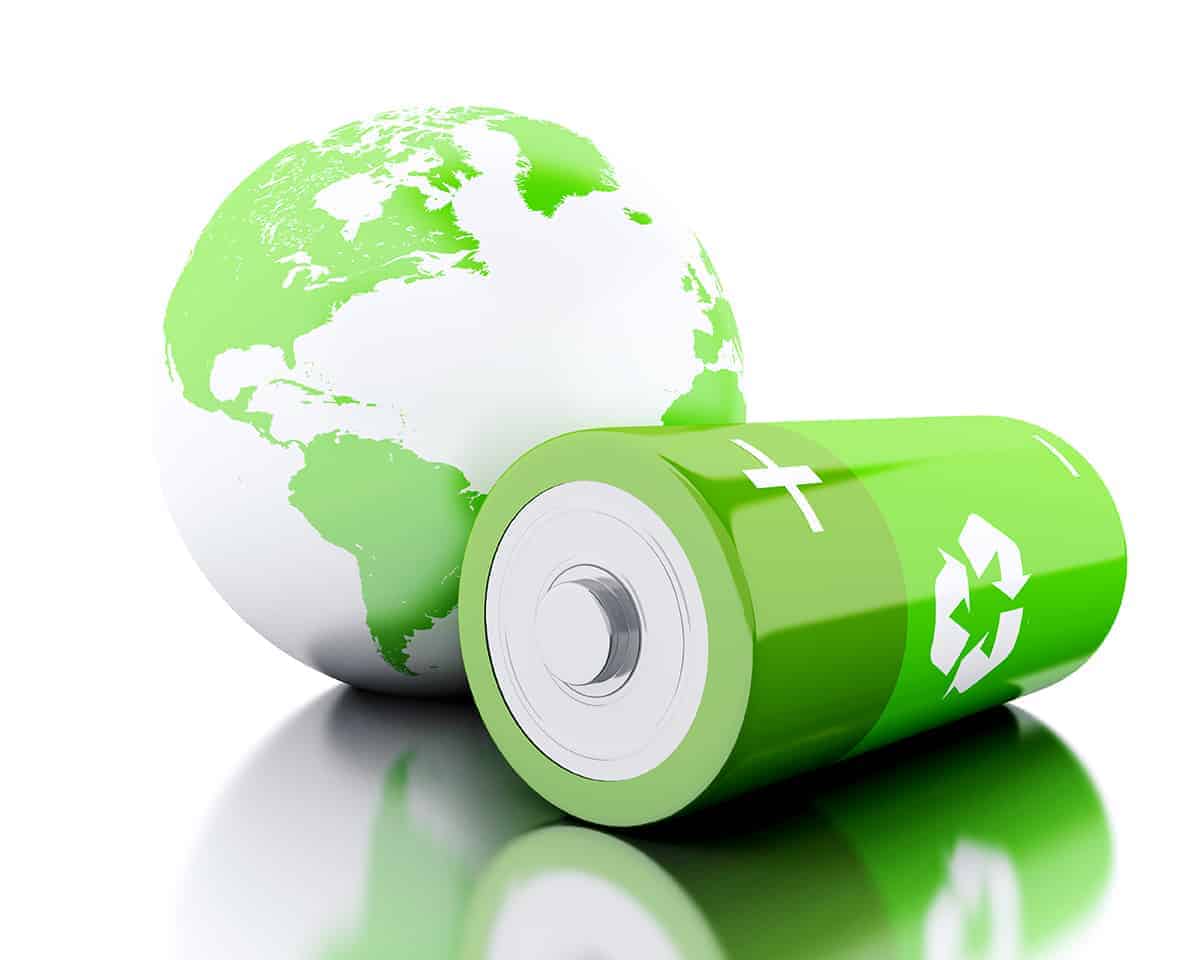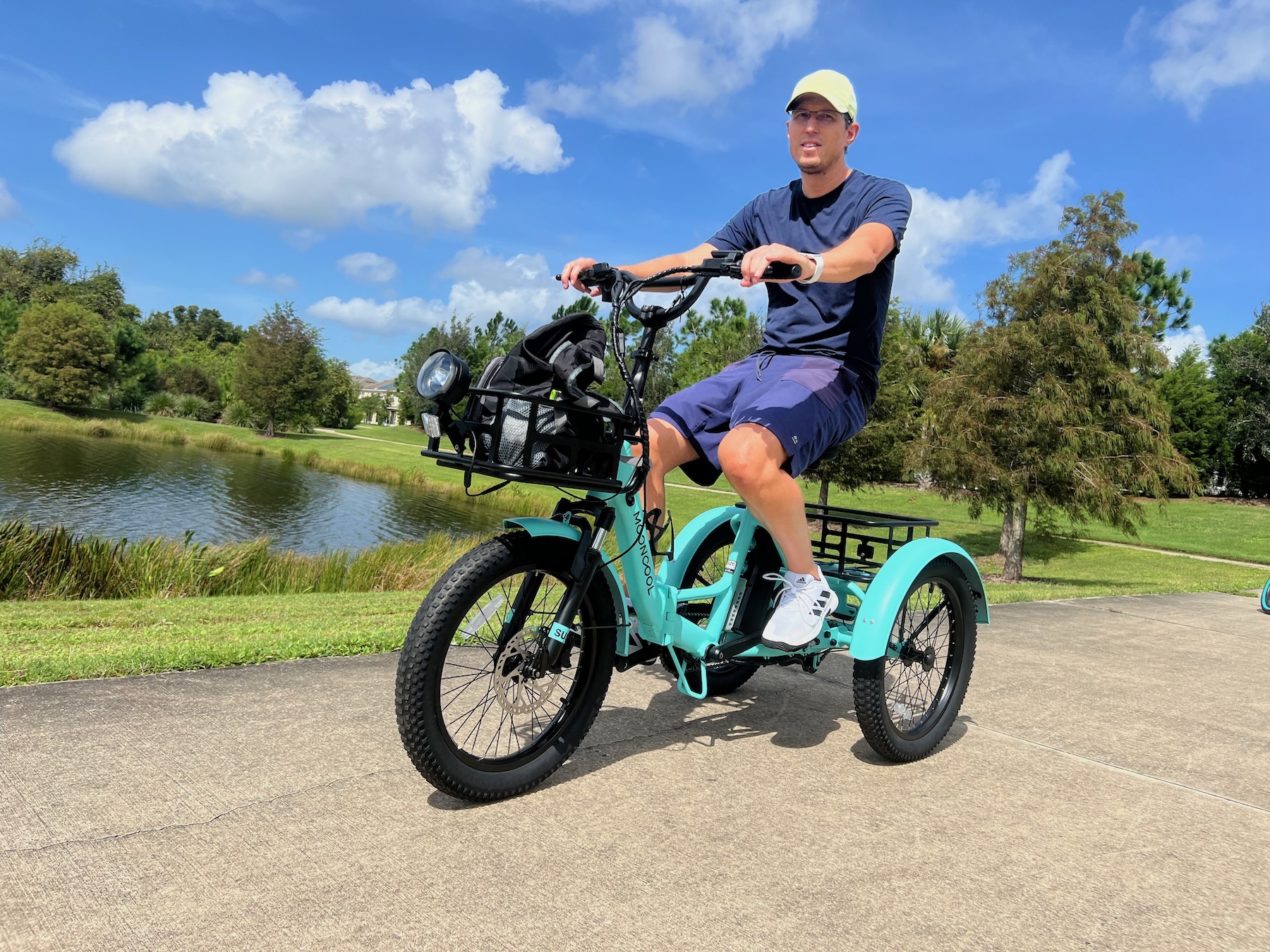Sign up for daily news updates from CleanTechnica on email. Or follow us on Google News!
Lithium-ion batteries are crucial to the “electrify everything” movement. They can power electric vehicles and store renewable energy for use later in the day. Sadly, they are still too expensive and they have a troubling tendency to self destruct at the most inopportune times. Two new companies — AquaLith and Lyten — both claim to have discovered new ways to make better batteries that cost less.
AquaLith Claims Battery Breakthroughs
AquaLith is licensing technology developed by two researchers at the University of Maryland — Chunsheng Wang and Kang Xu. Greg Cooper, the founder and CEO of AquaLith, told TechCrunch recently that his company is working to create “denser, cheaper and safer” batteries. How does it plan to do that? By transforming their major components — the anode, the cathode, and the electrolyte that transfers ions between them.
Cathodes account for about 40% of the cost of battery materials. AquaLith replaces the need for nickel and cobalt in cathodes with raw materials that are much easier to access and process while still providing high energy density. This cobalt-free cathode technology, which can reduce the cost of the cathode by more than 50%, could appeal to EV makers that are vulnerable to China’s control over battery component supply as geopolitical tensions intensify.
“We have a high energy density cathode that has much simpler materials that go into it, materials that are available anywhere in the world,” Cooper said. “Cobalt is not widely available around the world. The best cobalt mines are in Congo, so there’s a supply chain constraint there. A lot of Chinese companies control the cobalt mines, so there’s worry in some parts of the world about access to those materials. We have a cathode that gets rid of the need for those materials, but still has very high energy density,” he added.
Then there are anodes. Instead of the typical material of graphite, AquaLith makes anodes with silicon microparticles, which, according to Cooper, can reduce the cost of the anode by more than 75% while improving the energy density by more than 40%. Its competitors use some form of nanosilicon, which is significantly more expensive.
Finally, AquaLith says it can make batteries safer by replacing the organic solvent-based electrolyte with a nonflammable water based electrolyte. “When you start to have a parking garage filled with EVs or a bus depot or cargo ship filled with electric vehicles, then you have to worry a lot,” Cooper said.
The company plans to offer its products to automakers first, since many of them are becoming battery makers themselves. The idea is to get into their development cycle early so the manufacturers can start testing AquaLith’s materials for integration into future products.
“We will begin with the automakers in the next year because they determine the key requirements for acceptance into automotive. We will also be approaching other battery makers after the car companies have a chance to evaluate the AquaLith batteries.
Sharp-eyed CleanTechnica readers will note these pronouncements are heavy on promises but light on details. Nowhere does the company offer any information about what these new materials might be, or verification from third party sources that its batteries perform as advertised. We will need more information — much more — before we get all jiggly about AquaLith batteries.
Lyten Turns To Graphene

Image courtesy of Lyten
Lyten makes many of the same claims as AquaLith when it comes to the batteries it is working on — faster, denser, cheaper, lighter, nonflammable, and so forth — but it is trying to get there by a different route. The Silicon Valley company says it will use graphene to make lithium sulfur batteries.
“Lithium sulfur is the battery chemistry that has the potential to electrify everything. A projected 50 percent lower-cost bill of materials compared to conventional lithium-ion chemistries will enable significantly lower-cost automotive battery packs, making an all electric automotive fleet economically achievable,” says Celina Mikolajczak, the company’s chief battery technical officer, who previously worked for Tesla.
2D Graphene — a hexagonal lattice of carbon atoms in a flat layer just one atom thick — was first discovered in 2004. Lighter and stronger than steel and as hard as a diamond, it is also a robust and flexible conductor of electrical and thermal energy.
Lyten CEO Dan Cook told Canary Media the company’s focus is on manufacturing 3D graphene at scale. “When you get graphene in a three dimensional version, then all of a sudden you have properties that the original material could only dream of having,” said Cook. “You have the ability to make it resistive. You can make it capacitive or inductive. You can make it structural. It can absorb light. We can actually shape the energy fields to create different forms of materials.”
Rechargeable batteries enhanced with graphene could enable a new generation of lighter, more durable energy storage devices with shorter charging times and longer cycle lives. Graphene can also extend battery life because of its ability to better dissipate heat and improve battery qualities such as energy density by exploiting the material’s conductivity and large surface area.
All of that goodness is possible in the laboratory, but getting it into commercial production is the challenge. In June, Lyten announced the opening of its first lithium sulfur battery pilot plant in San Jose, California. It expects to produce commercial cells by the end of this year so it can begin shipping to customers early in 2024.
“We expect to have a commercial lithium sulfur battery by the end of the year and we have early-stage customers lined up to get batteries in either a cylindrical or pouch format,” said Cook. Stellantis is an investor in the company and is in line to receive some of the first battery cells.
The graphene enhanced batteries eliminate the need to use nickel, cobalt, or manganese, which means a lower cost of materials if the 3D graphene can be manufactured at scale successfully. The extra good news is that by not using those materials, the environmental and social downsides of mining them are avoided as well.
The pilot line has the ability to produce 200,000 cells per year — a mere pittance in the scheme of things. But it is enough for potential customers to test them in real world applications to determine whether the benefits the company claims hold up.
Lithium sulfur batteries promise higher energy density, reduced cost, and lighter weight, but chemical issues have constrained the number of discharge/recharge cycles they are capable of. That’s a problem.
“Sulfur is unruly. Lithium is unruly. When you put these two elements together, you get a chemistry that is really difficult to work with. There’s a reason this chemistry hasn’t been exploited for a long time,” Mikolajczak told attendees at the Bloomberg New Energy Finance Summit in San Francisco in January. Lyten says its 3D graphene will tame the chemical unruliness of sulfur.
Dan Cook said Lyten is about more than batteries. If it can manufacture 3D graphene at scale, it can be used in a number of applications in the automotive, transportation, defense, aerospace, manufacturing, energy, and construction industries. Others are trying to produce 3D graphene at scale, but Lyten plans to get there firstest with the mostest. If its batteries perform as advertised, that will unlock the investments needed to bring this new technology to a number of markets.
Have a tip for CleanTechnica? Want to advertise? Want to suggest a guest for our CleanTech Talk podcast? Contact us here.
EV Obsession Daily!
I don’t like paywalls. You don’t like paywalls. Who likes paywalls? Here at CleanTechnica, we implemented a limited paywall for a while, but it always felt wrong — and it was always tough to decide what we should put behind there. In theory, your most exclusive and best content goes behind a paywall. But then fewer people read it!! So, we’ve decided to completely nix paywalls here at CleanTechnica. But…
Thank you!
Tesla Sales in 2023, 2024, and 2030
CleanTechnica uses affiliate links. See our policy here.




